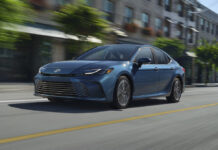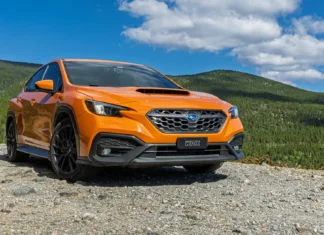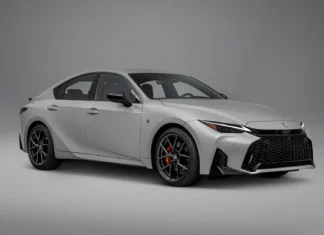 Waymo has officially launched the Waymo One Robotaxi ride-hailing service.
Waymo has officially launched the Waymo One Robotaxi ride-hailing service.
The days where you can summon your very own self-driving taxi are officially here. Waymo, Google’s self-driving development arm, launched the first commercial autonomous ride-hailing service in Arizona. Now, instead of calling an Uber, Lyft or even a traditional taxi to pick you up, you can summon this self-driving Chrysler Pacifica instead. Waymo One is here to turn the traditional taxi concept on its head.
Right now, the service is available to “several hundred” customers in some eastern and southeastern Phoenix suburbs, according to an LA Times report. Cities like Tempe, Chandler, Mesa and Gilbert have access to the service. Now, the company has been ferrying early adopters to the robotaxi service around since April 2017. Back then, riders had to sign a non-disclosure agreement and provide feedback of their experience as part of the Early Rider program. Early Rider will continue as well, but Waymo One won’t require any of that. Just pull up the app, call a taxi and go is all there is to it, according to the company.
The company has been developing its driverless-car technology since 2009. In the decade that’s passed, demand for the program has consistently grown. The Early Rider program brought in 20,000 applicants, of whom Waymo only chose about 400. The chief concern, naturally, is one of safety.
CEO John Krafcik said in a statement, “At first, Waymo-trained drivers will supervise our Waymo One vehicles.” From there, the company aims to add more locations to the program. So, it seems the company is still taking a cautious approach. They’re not letting their self-driving robotaxis completely off the leash with the general public just yet.
What will this do to the ride-sharing business?
Of course, self-driving systems will remain under constant development. Krafcik, formerly CEO of True Car and Hyundai Motor America, says early riders will still help test early features before they move on to the primetime Waymo One. “We’re never done learning, and our early rider program will continue for a select group to give us ongoing insights.”
Should Uber and Lyft be worried at this point. It seems Waymo is proceeding with a healthy amount of caution, and that’s no bad thing. It will be awhile before this service (and its competitors) are available nationwide, so the rest of us will still have to use ride-hailing services. At least for now. General Motors and Ford are also working on autonomous robotaxi services, and aim to have those ready within the next two to three years. Cruise is targeting a 2019 launch.
























